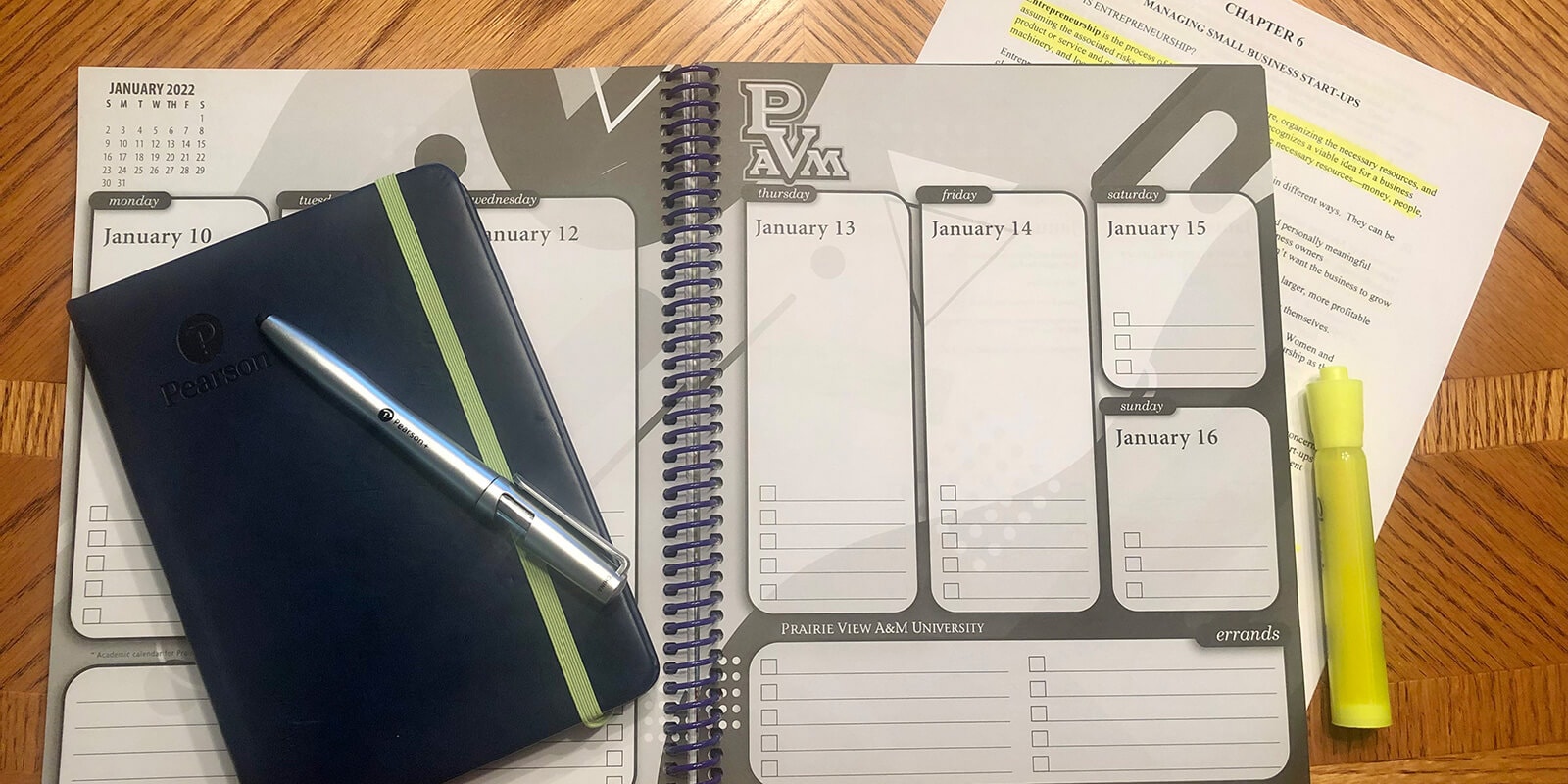
Creating a More Effective Educational Environment

As a college student, you have been taking tests and quizzes for your entire school career, and you will continue to take these assessments throughout your time in college. There have been many improvements and changes to the education system for the benefit of students' learning, but one thing that remains consistent is the emphasis put on grades. Tests and quizzes usually make up a large portion of your grade, but a test or quiz grade doesn't always accurately reflect your knowledge of a topic.
It’s important to find a way to take the emphasis off grades and put the emphasis on learning and retention. Tests and quizzes may not be the most effective way to grade students and measure their academic progress. Here are a few ideas to remedy this situation and create a more effective educational environment.
The Emphasis Put on Grades
Being that there is such an emphasis put on grades, students usually center their learning on making a grade. A test or quiz grade doesn’t always accurately reflect a student’s knowledge of a subject, though. For example, on a 17-question test, say you miss two questions and score an 88. That is mathematically correct, and you did technically know 88% of the information, but that may not be the best reflection of your knowledge on the topic. Look at it in this way - you only missed two questions, and you got 15 questions correct! You got 15/17 questions right, and you demonstrated that you understood most of the information. In my opinion, that looks and sounds so much better than the 88 that will appear in the grade book.
Focus on Learning and Retention
Many students either study for long hours, cram information or even resort to cheating to do well on a test or quiz. This can really hurt the student’s retention and ability to recall information. It’s important to find a way to take the emphasis off grades and put the emphasis on learning and retention. Let’s dial down the pressure in the classroom and help students learn and increase their knowledge. Find a different way to “grade” students. If an instructor wants to implement tests and quizzes in their class, they should do it in a way that truly helps them to learn the information. It would be beneficial to allow students to do test corrections to understand where they went wrong. This will help students better retain the course information, learn from their mistakes, and possibly improve their grades.
Results and Benefits
By finding a different way to “grade” students, learning and retention will improve, student stress will be reduced, and the incentive to cheat will be eliminated. It’s very important to reward students for their effort and hard work rather than their ability to take a test because so many factors can impact a student's test-taking. When considering something like offering the student the opportunity to complete test corrections, some students may take advantage of the opportunity, and some may not. That decision of whether to complete the test corrections or not is fully up to the student. They control the outcome of their learning in this situation.
Making an adjustment like this in the classroom will also help reduce the stress of students being that they can have a chance to understand where they went wrong and receive some points back. Taking the pressure off grades will also eliminate the incentive to cheat since it’s the student’s hard work and willingness to do test corrections that will impact their grade.
Do you have a compelling story or student success tips you’d like to see published on the Pearson Students blog? If you are a college student and interested in writing for us - click here to pitch your idea and get started!
About the author

Ryan Celestine
Ryan Celestine is a student at Prairie View A&M University pursuing a double major in
Business Management and Marketing. He is the Pearson Campus Ambassador at PVAMU and also serves as a Regional Coordinator for PCA’s in the South Central Region of the U.S. Ryan recently completed two internships with Pearson: the Sales and Marketing Internship program and the Higher Education Internship Program, where he served as a Project Coordinator. In his free time, Ryan enjoys playing basketball, cooking, watching movies, traveling, and spending time with his family and friends.


